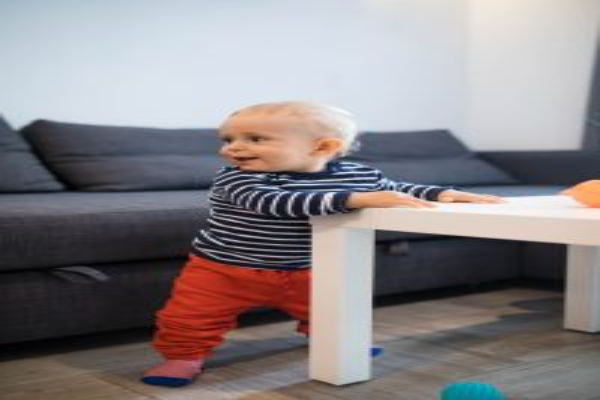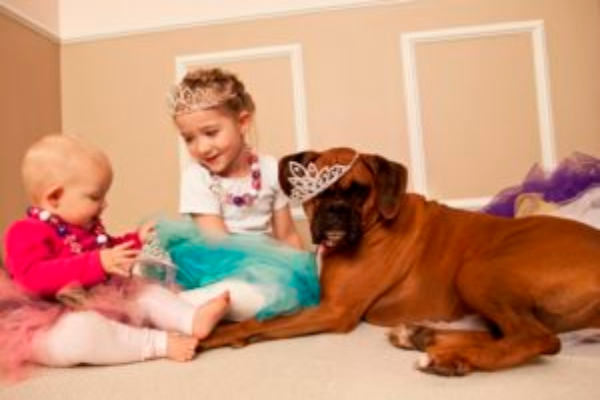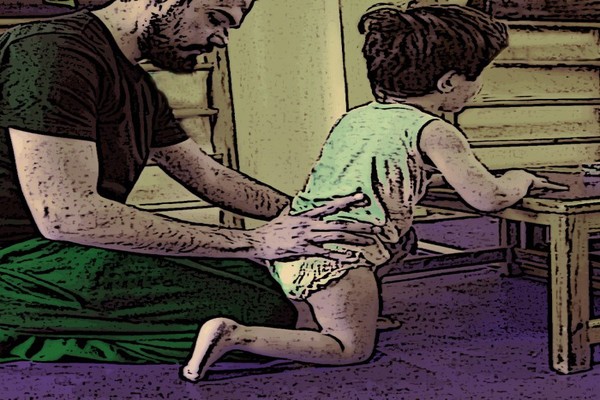Pondering Postural Control: Musculoskeletal Components

I have chosen Musculoskeletal (MS) components as the first, and one would perhaps think the easiest, to discuss. In this category we include measurements of passive and active range of motion, as well as measures of functional muscle strength (and ever so occasionally isolated muscle strength), limb circumference and limb length measurements. These were among some of the first things we learned to assess. But how I look at some of these components in my neurological clients has progressed from the skills I was taught.
Range of motion seems such a straightforward concept. But for our clients consideration of spasticity is often necessary. The Modified Ashworth Scale to quantify spasticity may be helpful here. The measurement of the first point of resistance (R1) vs the end range (R2) is also information gained using the Modified Tardieu Scale. A large difference between R1 vs R2 indicates the presence of spasticity impacting the available range of motion at the joint whereas a small difference between the two values indicates a more fixed range of motion.
And what of the consideration of hypermobility? We can score general hypermobility using the Beighton Score. I also comment subjectively on hypermobility that is observed during movement; the elbows in 4 point, the knees in standing or unilateral stance or walking/running. And of course this leads me to pay particular attention later to vestibular and proprioception system assessments, as these may be intertwined with hypermobility. It is also important to keep in mind that hypermobiilty is connected to emotional arousal and therefore can be associated with anxiety.
When thinking about a child with a particular diagnosis, I often reflect on what we know about muscle structure and function and it’s implications for movement for children with different challenges ie. Cerebral Palsy vs hypermobility. Each year brings new information in this realm. This doesn’t make it into my formal assessment of postural control, but it does inform my thinking about movement for a child.
Finally I consider the mobility of skin, fascia and scars. This is really the integumentary system not musculoskeletal but it makes sense to me to include it in this general vicinity. I can assess the mobility of the skin and fascia at a segment/area in all directions and think about any restriction and the impact on movement. I also comment on the colour, thickness, mobility/pliability of any scar and again, reflect on any impact on alignment or movement of a joint/body segment. You can use a variety of standardized measures if you wish.
In the Gestalt of postural control, I think about the musculoskeletal system as having the ability to either increase or decrease resistance to movement and how this altered resistance can either positively or negatively impact both postural control and functional motor skills.
we read this HERE!
Πρόσφατα Άρθρα

From Baby’s First Steps to Walking on Their Own
Your Walking Questions, Answered
Walking is an important marker of healthy development for your baby—and an exciting new way for them to explore! Not only is it essential for physical de...

No Time for TV: Activities for Kids that Say “I’m bored”
Nasty weather can sometimes keep kids stuck inside. Being cooped up inside can be frustrating for kids and parents. Often children spend more time using screens like TV and tablets than they normal...

Φυσικοθεραπεία στην εγκεφαλική παράλυση
Εγκεφαλική παράλυση και κίνηση
Όλα τα παιδιά με εγκεφαλική παράλυση εξ’ορισμού παρουσιάζουν δυσκολίες στην αδρή κινητική λειτουργία, δηλαδή στην ικανότητα βάδισης και μετακίνησης. Μελέτε...
